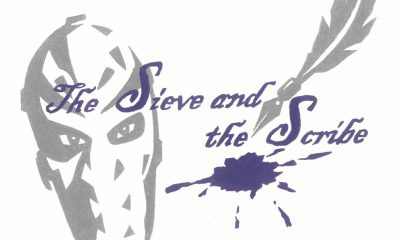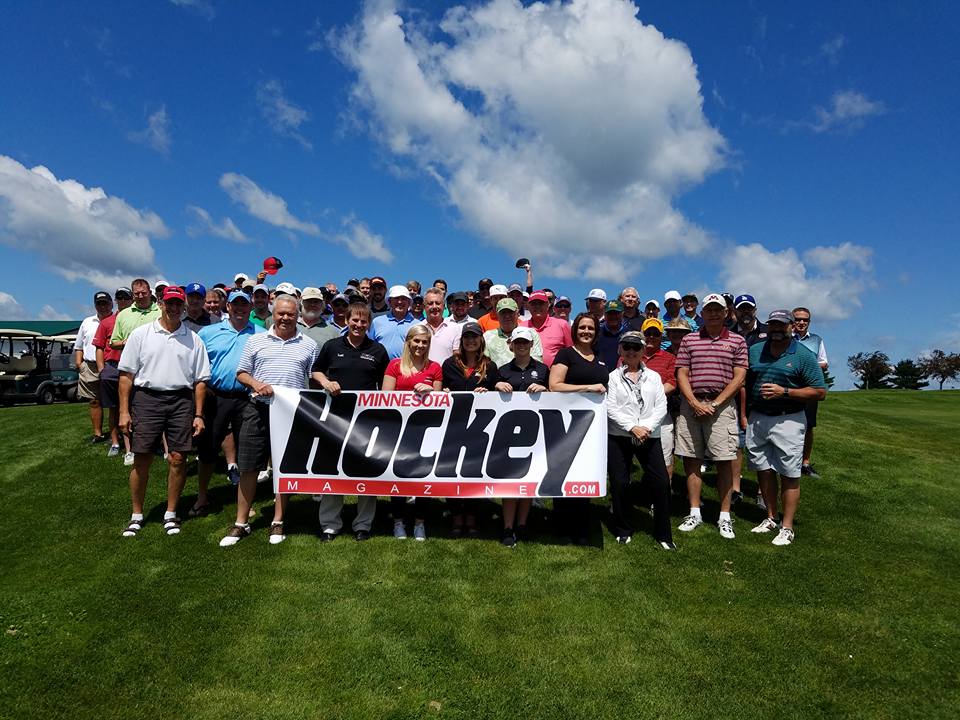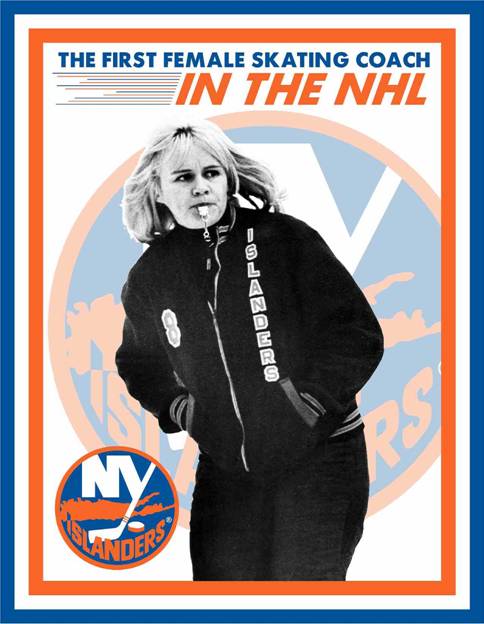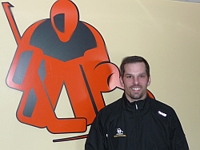





Kevin and Dan from Mankato Hockey Day Minnesota


You need to be logged in to view this content. Please Log In. Not...


Barbara Williams helped Islanders win four Stanley Cups


Stauber's Goalcrease producing champions of all ages and gender. Annual Goalie Show Saturday, May...